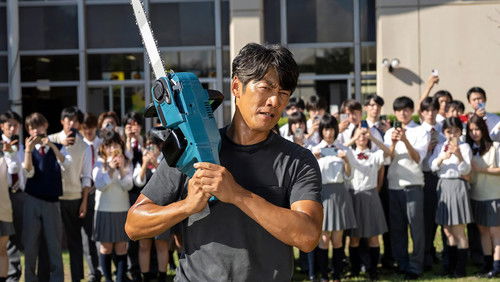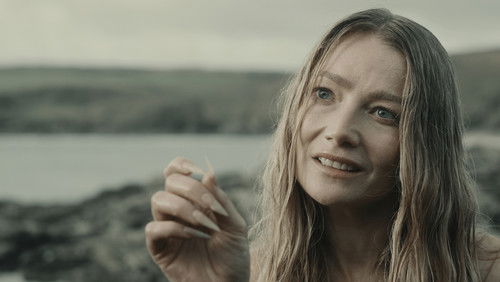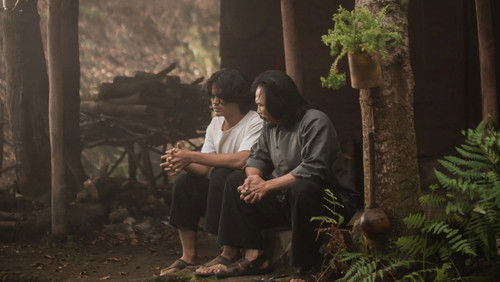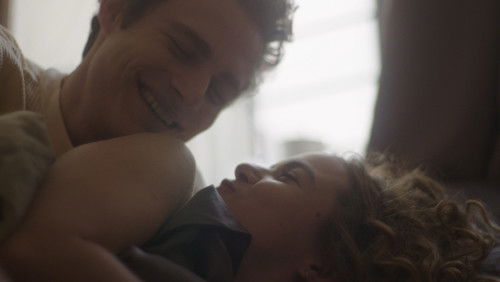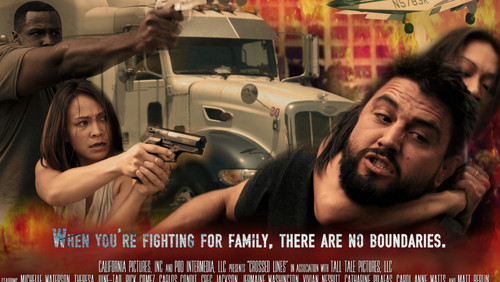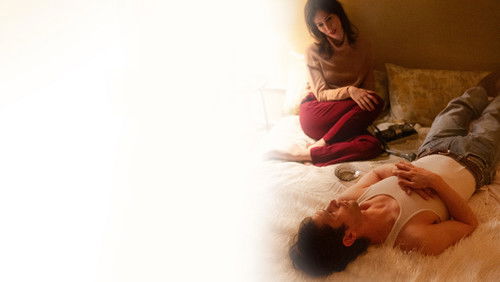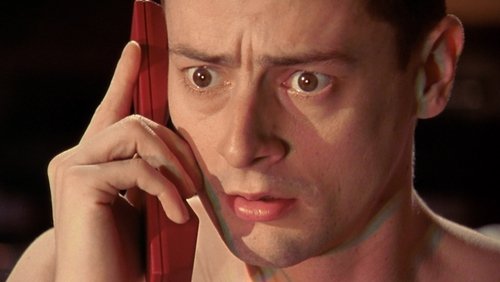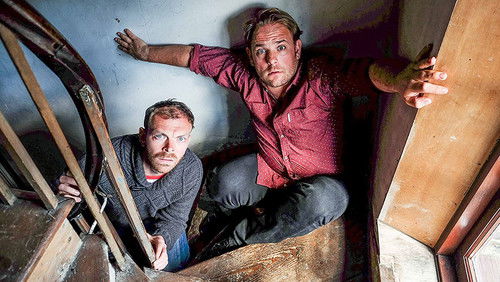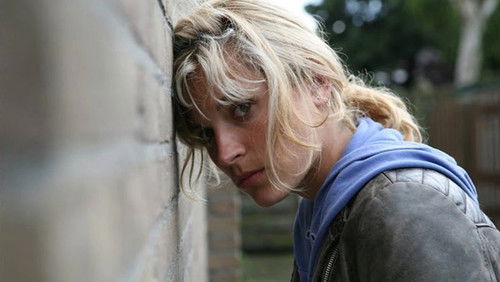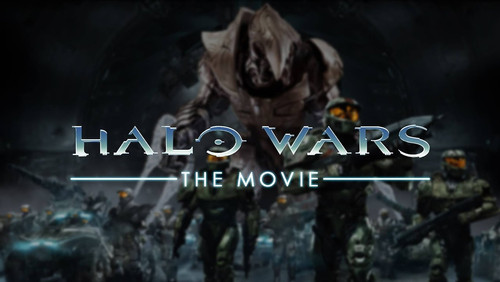Express in die Hölle (1985)
23KExpress in die Hölle: Directed by Andrey Konchalovskiy. With Jon Voight, Eric Roberts, Rebecca De Mornay, Kyle T. Heffner. Two escaped convicts and a female railway worker find themselves trapped on a train with no brakes and nobody driving.
“Having seen u0026quot;Unstoppable,u0026quot; I had to see this.u003cbr/u003eu003cbr/u003eIt is hard to know what influence Kurosawa had on this, but one can guess. He had been through his rejection in Japan, suicide attempt and film made and financed by the Soviets. He subsequently arranged scant funding for this, started and was foiled. What we have now is supposedly completely reworked. But what we see is Soviet iconography in the trains and snow, and Shakespearean motion toward tragedy. (Kurosawa would do the Shakespearean u0026quot;Ranu0026quot; instead of this, and we are lucky for that.)u003cbr/u003eu003cbr/u003eSo this comment will not be on the acting, though Voight is not only superb, but inhabits the character as we fear we would. It is about the icons and the camera. I think we have inherited this from Akira.u003cbr/u003eu003cbr/u003eThe trains have been painted to be big flat black hulks, reshaped with plywood to resemble Soviet machines. We have a Soviet director. Early in the film, we have that train (four locomotives) hit the end of another, demolishing it. In the process, the front of our beast is turned into a ragged tear of heavy metal, racing madly through heavy snow, angry at the weather.u003cbr/u003eu003cbr/u003eu0026quot;Unstoppableu0026quot; takes a few scenes from this: the hitting of the end of another train; the bridge that has the fatal speed limit; the u0026quot;soldieru0026quot; lowered from a chopper then pummeled. But it is an altogether different film. Scott is all about energy in the camera. Every scene moves in a dance that is composed. The rhythm and energy is in our eye. He works to give is narrative stances for that eye: TeeVee cameras, characters that are observers and others that comment on observation. u003cbr/u003eu003cbr/u003eThe train is only a prop, the characters only something to carry the narrative thrust. The art is in the eye, on our side of the wall.u003cbr/u003eu003cbr/u003eThis film has three animals: Voightu0026#39;s character, a convict driven to heroic madness, the opposing warden who is every bit as demented and colorful. Both of these are runaway trains, bested by the train itself which has agency of its own. It seems to have killed and ejected the engineer, enticed two convicts aboard, then gone mad, attracting the warden as well. It is u0026quot;imprisonedu0026quot; in a braid of rails, designed here to relate to the train as the remarkable prison building is to the humans.u003cbr/u003eu003cbr/u003eAll the cameras are static except the ones following the train, some of which race through the woods the same way we saw in u0026quot;Rashoman.u0026quot;u003cbr/u003eu003cbr/u003eIt seems that like with u0026quot;Star Wars,u0026quot; Kurosawa can bless a film by merely breathing on it.u003cbr/u003eu003cbr/u003eTedu0026#39;s Evaluation — 3 of 3: Worth watching.”
